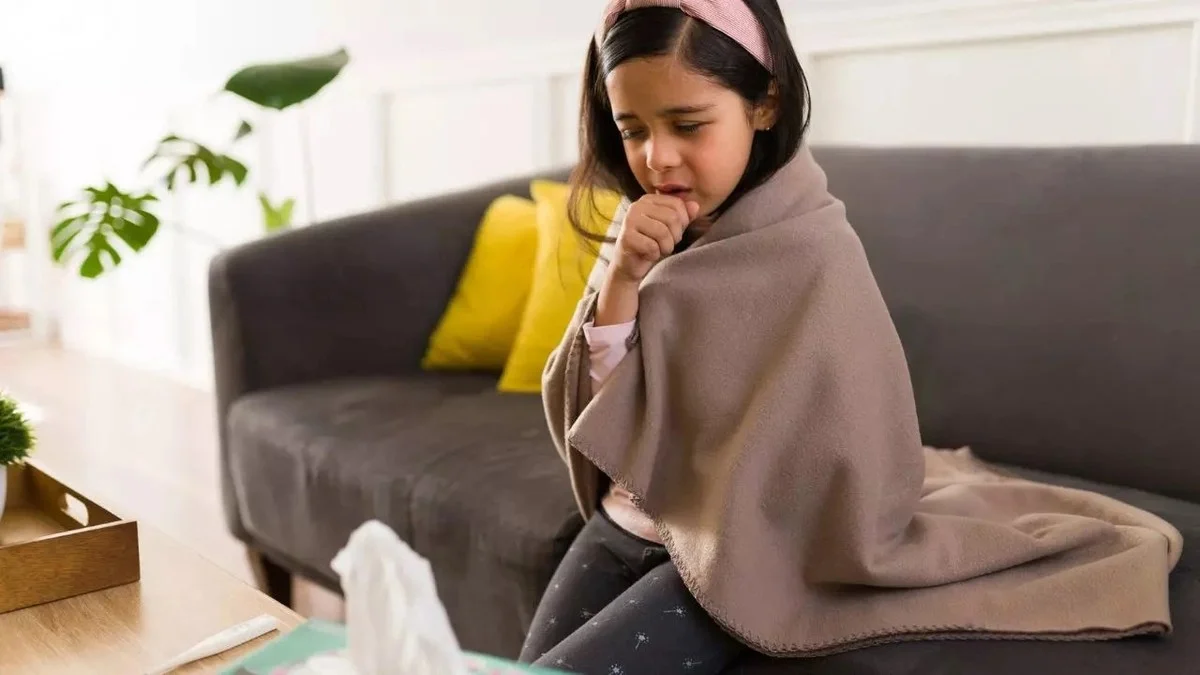24/10/2024
24/10/2024

NEW YORK, Oct 24: According to the US Centers for Disease Control and Prevention (CDC), there has been an increase in cases of bacterial pneumonia among young children. Pneumonia, a common lung infection, can be triggered by various pathogens, including bacteria, viruses, fungi, and parasites. Recently, the CDC has noted a rise in cases caused by the bacteria Mycoplasma pneumoniae, which has been particularly affecting children and has remained high since late spring.
In a notice dated October 18, the CDC reported that cases of M. pneumoniae in younger children are particularly "notable." For children aged 2 to 4 years, the infection rate has increased from about 1% to over 7%, and in older children aged 5 to 17 years, the rate has risen from approximately 3% to more than 7%.
Dr. Jade Cobern, a pediatrician and member of the ABC News Medical Unit, reassured parents, stating, "No parent should panic because of this news. It should serve as information to help them recognize what to look out for."
So, why should parents be concerned about pneumonia caused by M. pneumoniae? The CDC indicates that these infections most frequently occur in children between 5 and 17 years old, as well as in young adults.
What are the symptoms of bacterial pneumonia caused by M. pneumoniae?
Mycoplasma pneumoniae can damage the respiratory tract lining, including the throat, trachea, and lungs. Symptoms of an M. pneumoniae infection can resemble those of a chest cold and may include fever, cough, and sore throat. In some cases, it can lead to "walking pneumonia," where symptoms are relatively mild.
For children under 5, the symptoms of M. pneumoniae infections can differ from those typically seen in older children and adults. These symptoms may include:
- Sneezing
- Sore throat
- Stuffy or runny nose
- Vomiting
- Watery eyes
- Wheezing
Cobern explained, "Any child younger than 5 is also prone to nonspecific symptoms that may easily mimic other infections, which can be different from what we observe in older children." She added that in this younger age group, generalized symptoms may occur that might not even involve the respiratory tract.
In severe cases, hospitalization may be necessary. Symptoms of more serious infections can include worsening asthma, the new onset of asthma, severe pneumonia, or encephalitis (inflammation of the brain). Cobern noted, "This type of infection can have a very slow onset, and symptoms may persist longer than those associated with other pneumonia types. Therefore, if children experience symptoms that do not improve or have difficulty breathing, they should be seen immediately."
What are the general symptoms of pneumonia in children?
Symptoms of other types of pneumonia may be similar to or slightly different from those associated with M. pneumoniae infections. Common symptoms include:
- Altered mental status (confusion)
- Cough
- Fatigue (feeling tired)
- Fever or chills
- Nausea, vomiting, or diarrhea
- Shortness of breath
How Is an M. pneumoniae infection spread?
Mycoplasma pneumoniae infections can be contagious. When an infected person coughs or sneezes, respiratory droplets containing bacteria can be exhaled and inhaled by others.
What Is the Treatment for Bacterial Pneumonia Caused by M. pneumoniae?
Some individuals with M. pneumoniae infections may recover on their own, and over-the-counter medications can alleviate symptoms. However, others may require treatment with specific antibiotics known as macrolides. It’s important to note that M. pneumoniae is naturally resistant to certain antibiotics commonly used for other bacterial pneumonia types.
How can M. pneumoniae infections be prevented?
The CDC recommends practicing good hygiene to prevent bacterial pneumonia infections, including washing hands regularly and covering coughs and sneezes.


